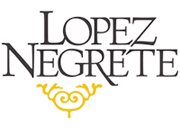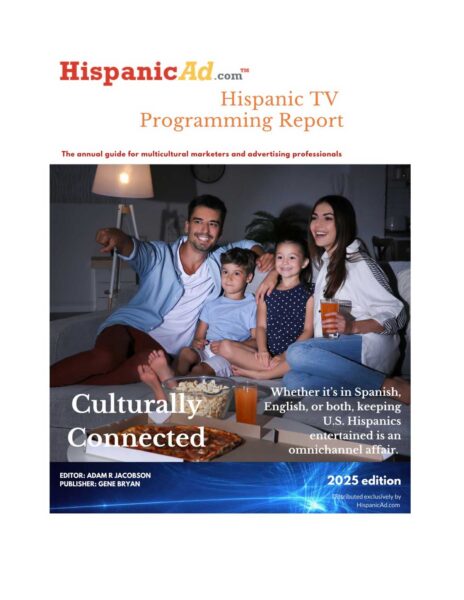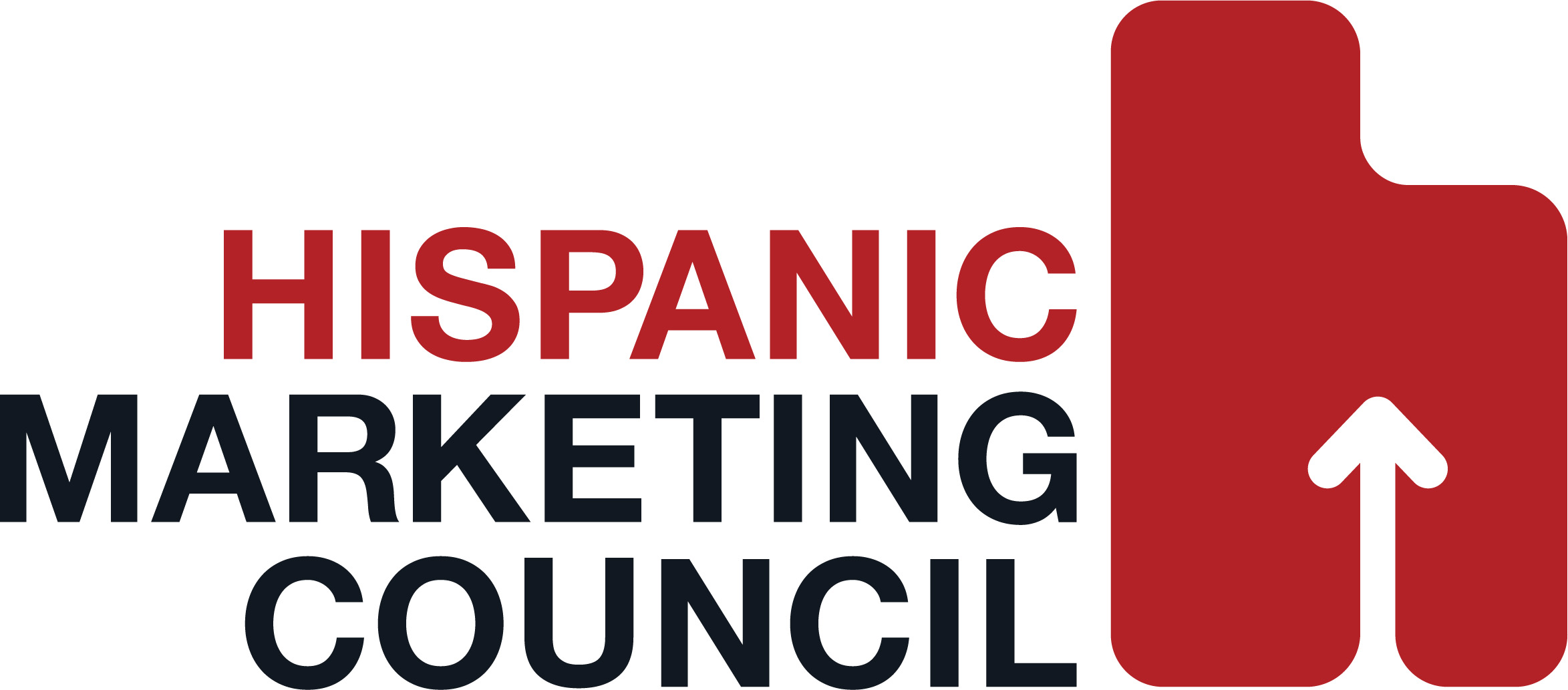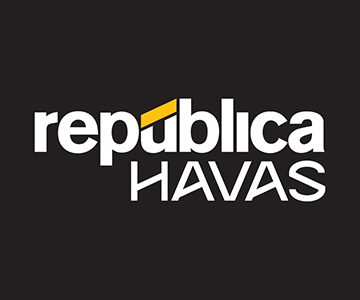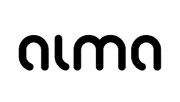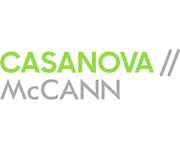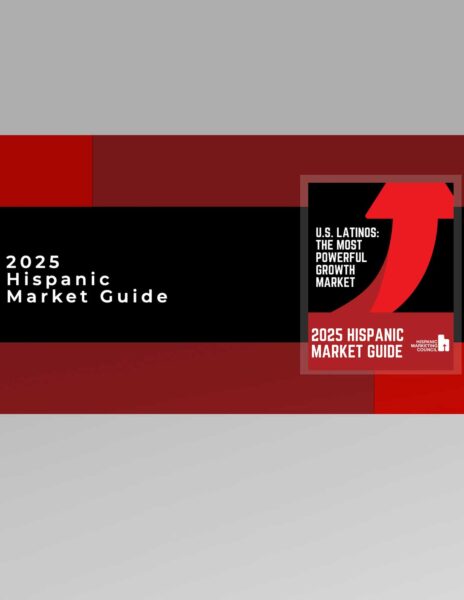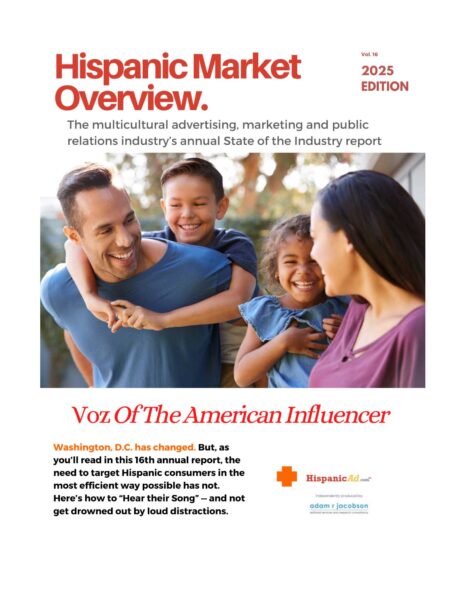Are Hispanics the Last Line of Defense for Struggling Brands
April 9, 2015
 By Jose Villa / Sensis
By Jose Villa / Sensis
HispanicThe prevailing wisdom is that investment in the Hispanic market is a growth move by marketers looking to increase their revenue and market share. However I have quietly noticed a trend during the last few years that leads me to question the motives behind these investments. Has increased Hispanic market investment been a defensive move?
If you look closely at the brands and industries that are spending the most and increasing their investment against the Hispanic market, they have something in common: many of them are facing significant challenges in the form of:
- Changing consumer preferences – towards healthier, natural, local and artisanal products
- Demographic shifts – “greying” of population, delayed marriage, fewer children
- New competitors – local, natural, artisanal brands, new entrants from other industries, tech startups
- Technology – shifting media consumption, e-commerce preferences
A quick look at the top 50 spenders in measured Hispanic media according to Kantar (as published in the 2014 AdAge Hispanic Fact Pack) bears this out. Industries such as consumer packaged goods (15%), food & beverage (10%), retail (9.5%), pay TV (5.9%), beer (5.2%) and quick service restaurants (4.5%) combined to represent more than 50% of total Hispanic spend among the top 50 advertisers. Also, these six categories showed significant average year-over-year increases in Hispanic spending, with CPG (up 43.9%) and beer (up 25%) leading the way.
These six Industries are increasing already large Hispanic marketing investments while facing significant disruptions and challenges:
CPG – Large CPGs face changing consumer preferences, new local and natural competitors, and demographic shifts in household compositions.
Food & beverage – National brands are adjusting to consumer preferences for natural, healthier options, organics, non-GMO, new competition from local and artisanal upstart brands, and demographic shifts in household compositions
Beer – The largest brands are losing market share as increasing competition from newer craft brands speed up shifting consumer taste preferences towards complex styles and local and artisanal brands.
Pay TV – New technology allows for non-linear media consumption. Time-shifting behavior by consumers and the rapid growth of streaming services speeds up the crumbling of the cable bundle and cord cutting.
QSR – New formats and fast casual competitors are doing a better job of meeting shifting consumer preferences towards healthier and customized food options.
Retail – The torrid growth of e-commerce and new competition and formats from retailers are more relevant to younger consumers.
I would argue increased Hispanic investment is a last line of defense for legacy brands, products and platforms. The reason is that Hispanic consumers are lagging the “general market” in attitudes, behaviors and preferences driving these disruptive trends. Hispanics tend to be more brand loyal and hold more positive views towards large, established companies and brands. Additionally, the Hispanic market is bucking many broader demographic trends away from marriage, home ownership, and having large families. Although Hispanics are early and active technology adopters, they are not abandoning traditional media and viewing habits as quickly as the general market. For example, Hispanic men are not jumping on the craft beer craze as quickly as other consumers.
If this is true, this is a good thing for these legacy brands and categories. However it signals a missed opportunity for emerging and upstart brands. While Hispanics provide many brands a temporary shelter from the challenges outlined above, they do not safeguard them from changing consumer preferences, particularly among the 50+% of U.S. Hispanics under 35 (Millennials and Gen Z). Established brands need to do more than advertise to Hispanics. They must adapt their products to the changing preferences and attitudes of younger Hispanics. For upstart and emerging brands, they have a distinct opportunity to connect with the large and attractive cohort of Millennials and Gen Z who are Hispanic and which of their competitors are paying attention to.









